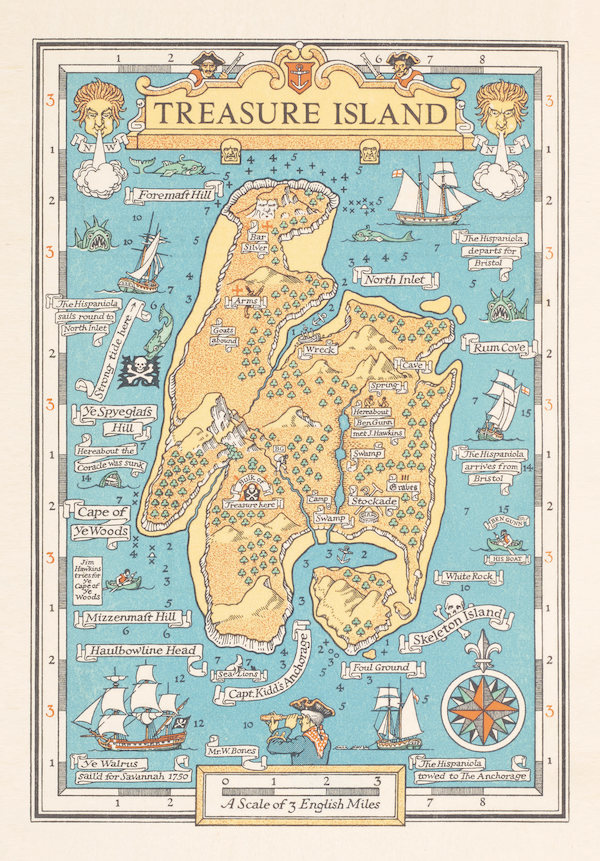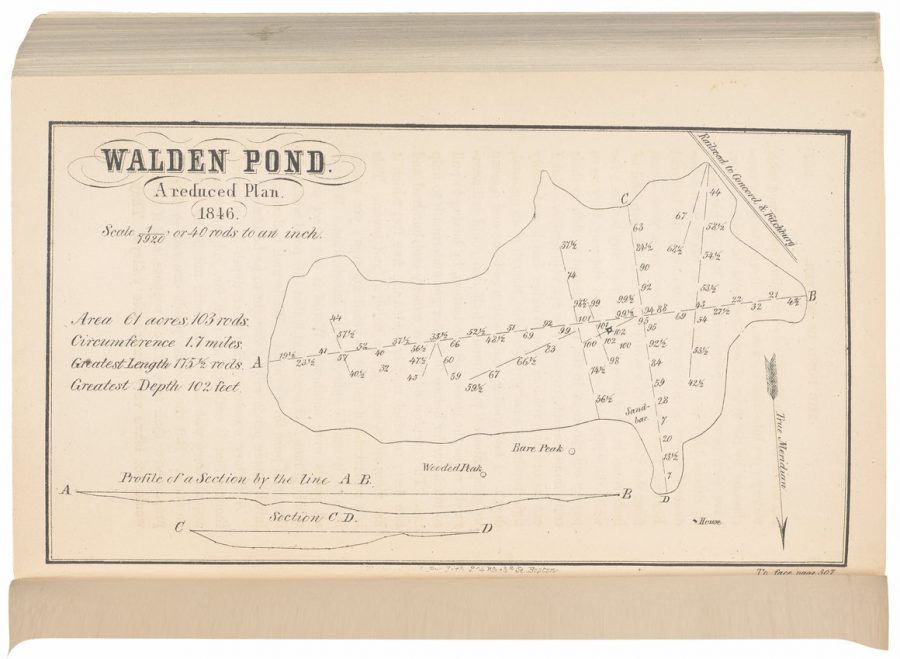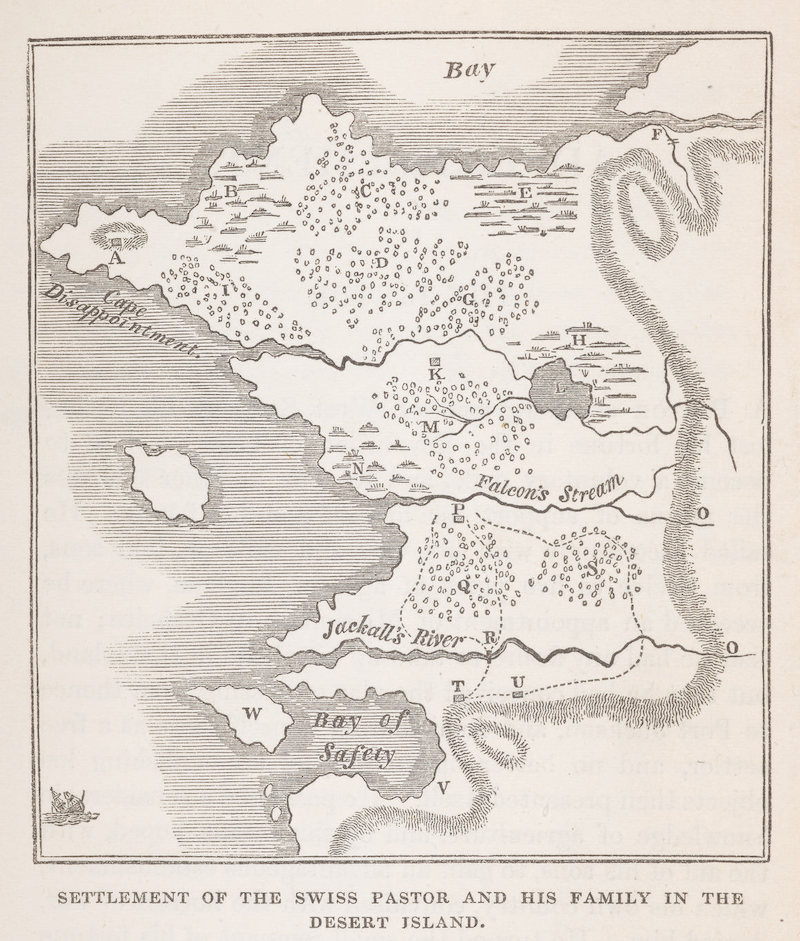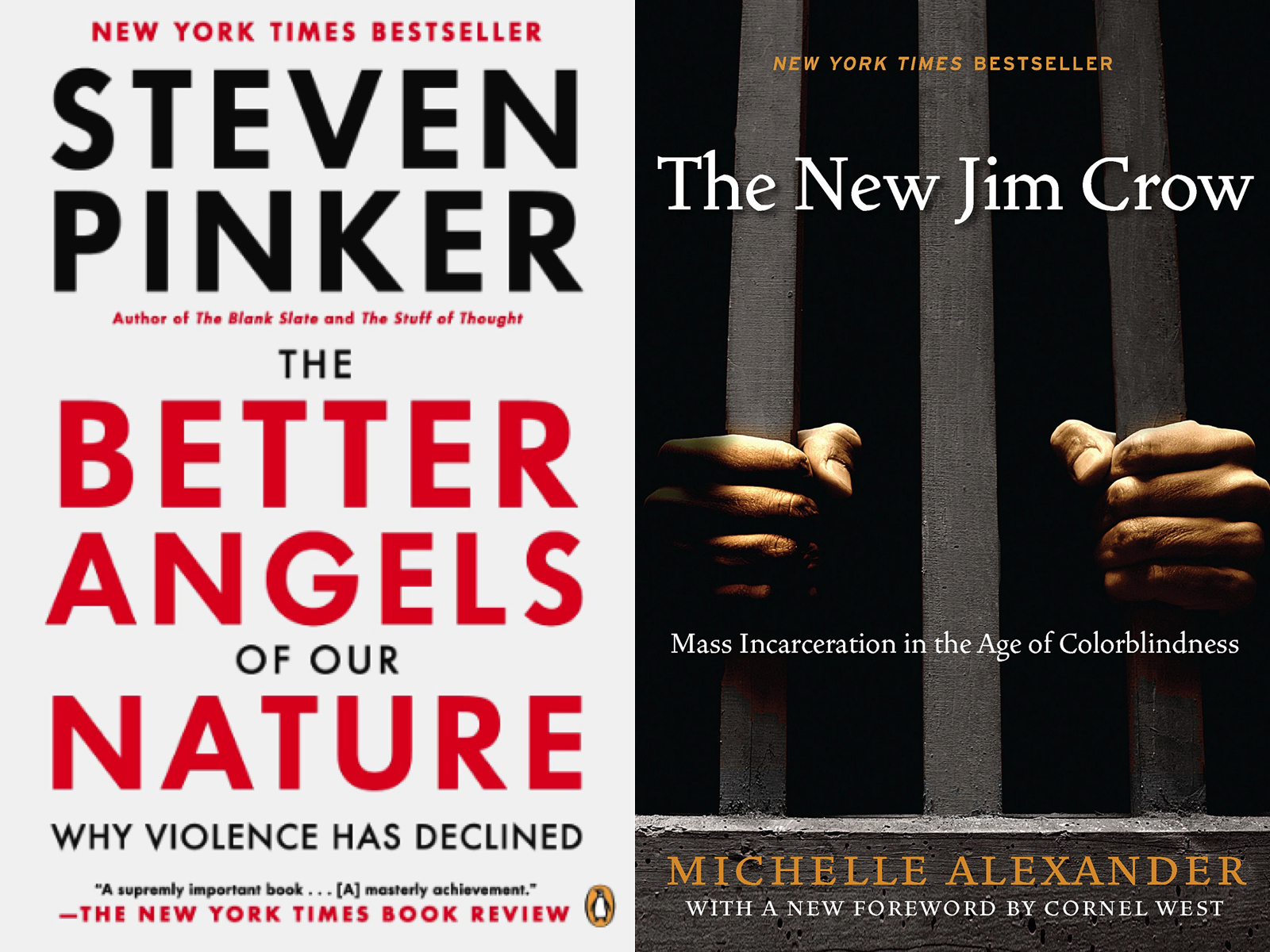“Who’s afraid of Robert Bresson?” New Yorker film critic Anthony Lane once asked. “Me, for a start.” But he didn’t mean that he dreaded screenings of Au hasard Balthazar, Diary of a Country Priest, A Man Escaped, The Devil, Probably, or any other acclaimed work in the auteur’s filmography. “It’s not that I don’t look forward to a Bresson picture,” Lane clarified. “It’s just that as I shuffle into the theatre I feel like a pupil approaching the principal’s door, wondering what crimes I may have committed and how I must answer for them.”
Even now, 35 years after his final picture, Bresson intimidates with his rigor — rigor of the moral variety, certainly, but even more so of the aesthetic variety — often described (not least by the likes of Andrei Tarkovsky) in the terms of asceticism. Nevertheless, Indiewire offers a brief and friendly introduction to his cinema in the three-minute video essay at the top of the post.
Just above, in “Robert Bresson: The Essence of Cinema,” A‑BitterSweet-Life gets deeper into the Bressonian sensibility by showing clips of his films alongside clips of him working and speaking, all narrated with his own words.
“I always like to see and hear the film before I shoot it, to come up with things by working on my own, things from my memory or imagination, even if I don’t end up filming them,” Bresson says in one piece of interview footage. “These are often things I can’t come up with on the set, so I believe it’s important to create a solid groundwork, a set of constraints within which the film will take shape. Because I’m aware of these constraints, I can ask my actors, nonprofessional actors, to surprise me. Unlimited surprises but within a limited context.”
Those worlds will sound familiar to anyone who has read Notes sur le cinématographe (variously translated as Notes on Cinematography or Notes on the Cinematographer), Bresson’s collection of maxims laying out his view of his art. If observations like “To set up a film is to bind persons to each other and to objects by looks,” “Empty the pond to get the fish,” and “Be sure of having used to the full all that is communicated by immobility and silence” seem abstract on the page, Filmscalpel’s “Notes on Pickpocket” illustrates their enormous relevance to the effectiveness of Bresson’s work by weaving them directly into scenes of one of his best-known works.
Film scholar David Bordwell examines the same movie, but takes a much less aphoristic and much more technical tack, in “Constructive Editing in Robert Bresson’s Pickpocket,” which contextualizes Bresson’s technique of constructive editing, or building a space while showing only small pieces of it at a time, as opposed to “analytical editing” that first establishes the entire space and then moves within it. Just above, critic and well-known Bresson enthusiast James Quant breaks down the much later L’Argent — or at least its use of reflections and repetition, just the R in the longer “L’Argent, A to Z” video essay Quandt created for the Criterion Collection’s release of the film.
The video essayist Kogonada, now a respected filmmaker in his own right, has so far put out two tributes to Bresson: “Hands of Bresson” just above, which concentrates on the director’s use of those body parts, and “Once There Was Everything,” about the great cinematic effect to which he put doors all throughout his career. “Why shouldn’t I put ten times more doors in my films if I feel like it?” the essay quotes him as saying. But then, the true fan knows that Bresson could hardly have countenanced using even one more door than absolutely necessary — or one more of anything else, for that matter.
In Bresson’s world, to put it in drastically reduced terms, less is more: Julian Palmer’s short video essay above even takes that phrase as its title. Bresson’s work has many virtues, few as nameable as their simplicity, but for the man himself it always had to be just the right kind of simplicity. In Notes sur le cinématographe he identifies two types: “The bad: simplicity as starting-point, sought too soon. The good: simplicity as end-product, recompense for years of effort.” Or, as he he writes elsewhere, “It is with something clean and precise that you will force the attention of inattentive eyes and ears.” A cinema that has forgotten these lessons of Bresson’s — now there’s a truly frightening proposition.
Related Content:
How Doors Open onto Philosophical Mysteries in Robert Bresson’s Films: A Short Video Essay by Kogonada
Andrei Tarkovsky Reveals His Favorite Filmmakers: Bresson, Antonioni, Fellini, and Others
The Eyes of Hitchcock: A Mesmerizing Video Essay on the Expressive Power of Eyes in Hitchcock’s Films
An Introduction to Jean-Luc Godard’s Innovative Filmmaking Through Five Video Essays
The Surreal Filmmaking of David Lynch Explained in 9 Video Essays
Based in Seoul, Colin Marshall writes and broadcasts on cities, language, and culture. His projects include the book The Stateless City: a Walk through 21st-Century Los Angeles and the video series The City in Cinema. Follow him on Twitter at @colinmarshall or on Facebook.









